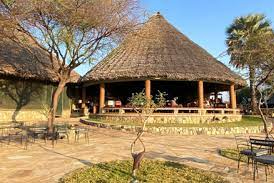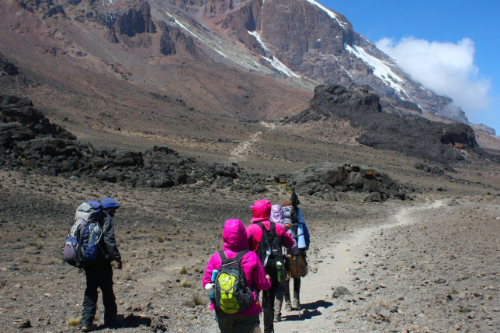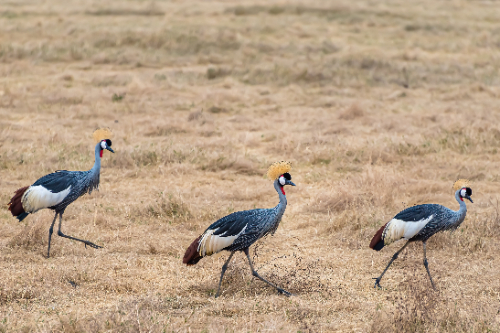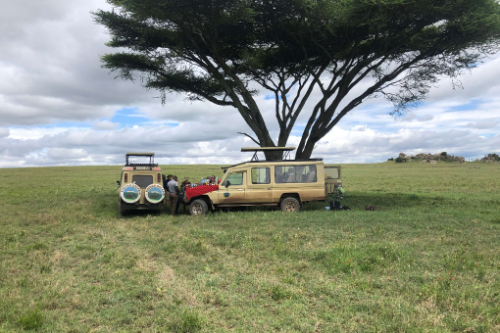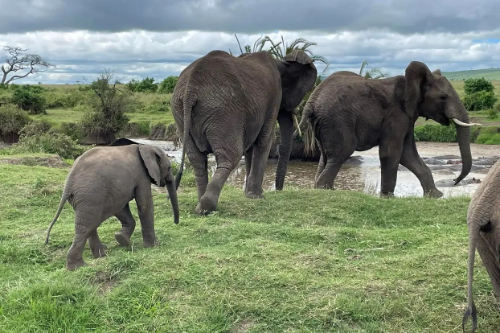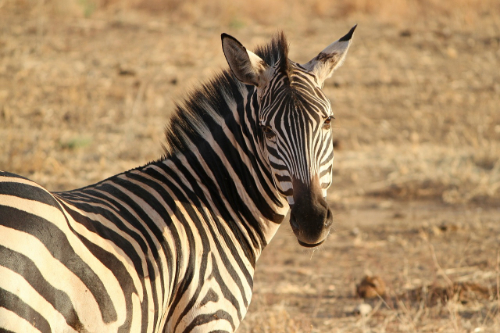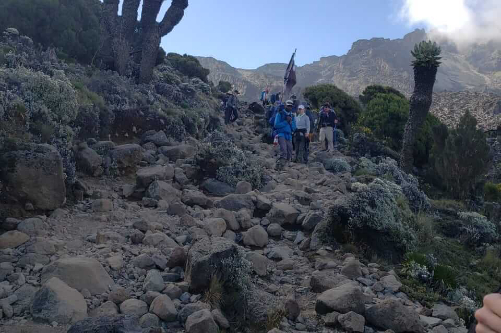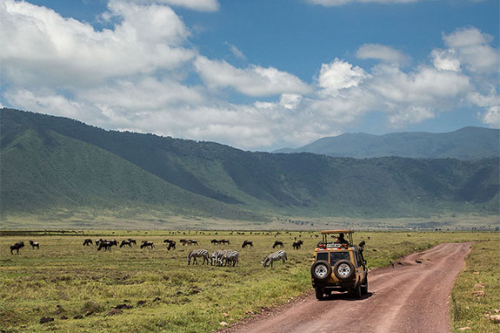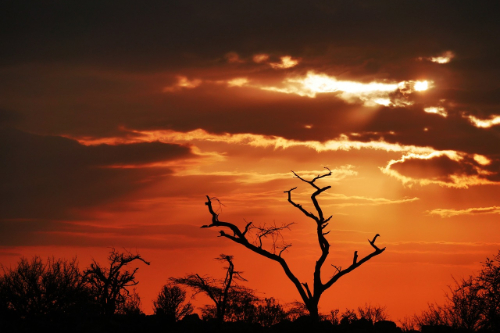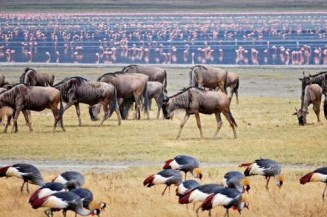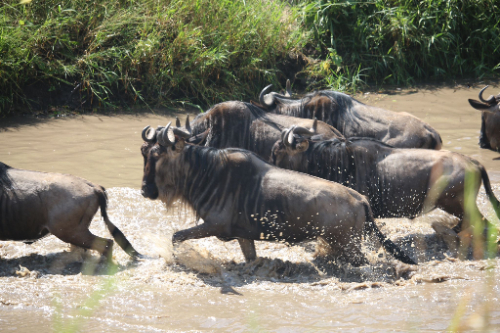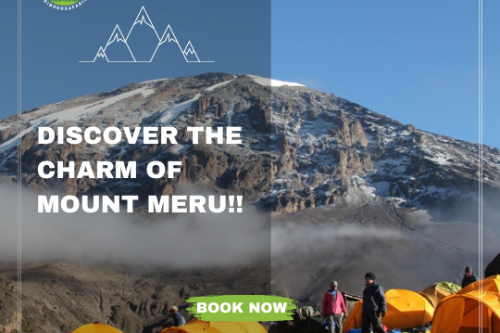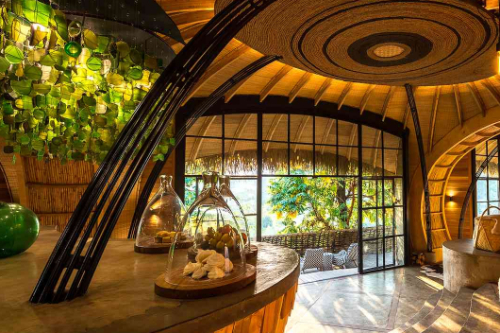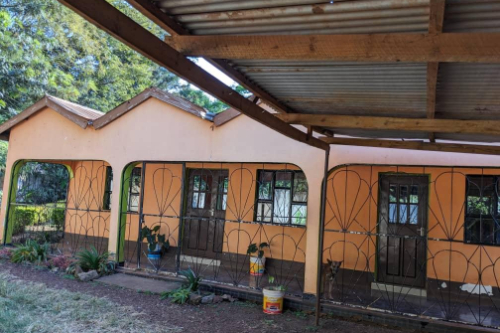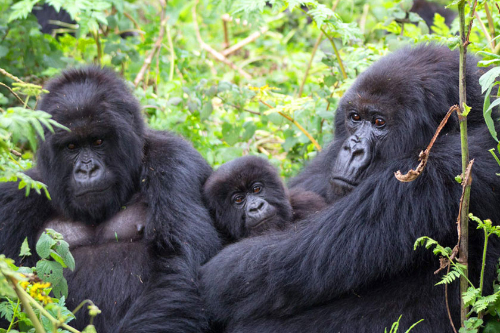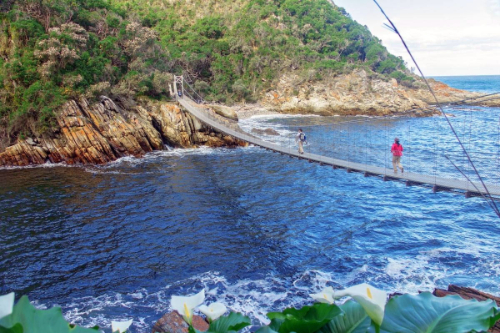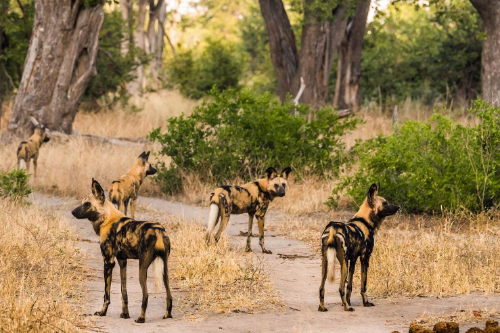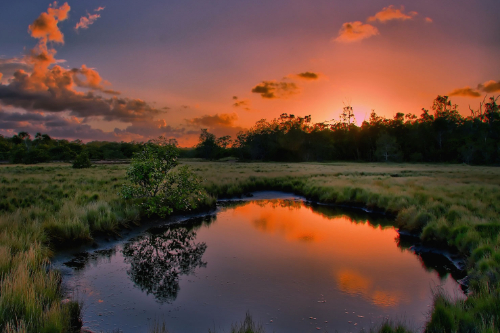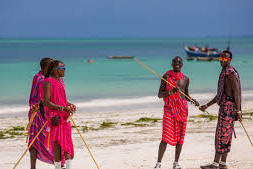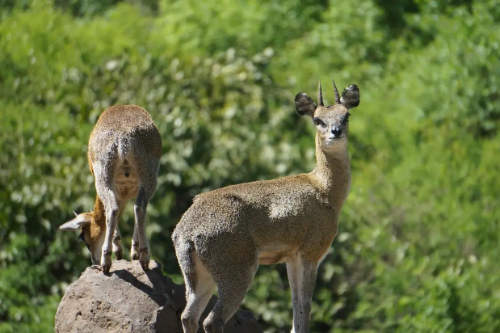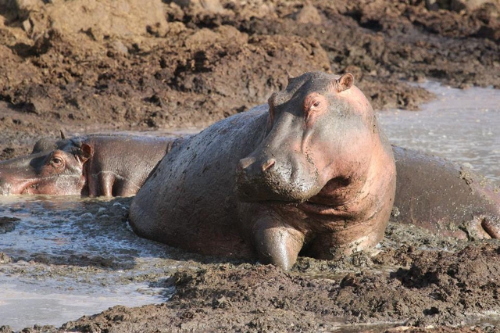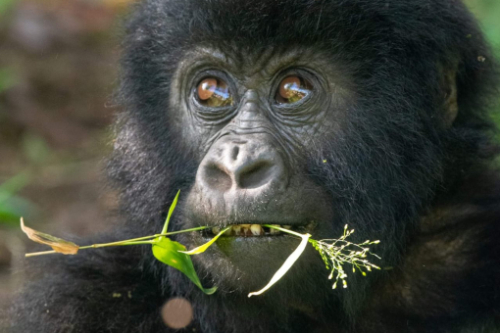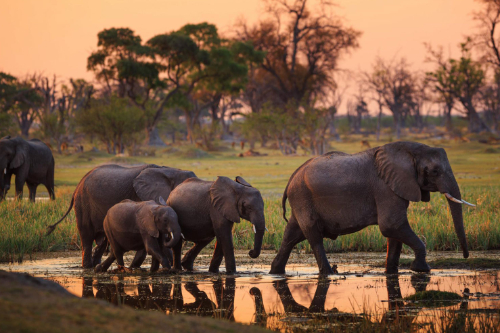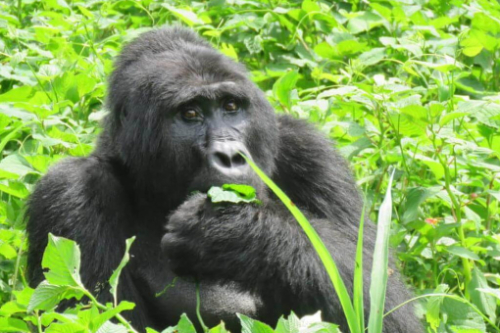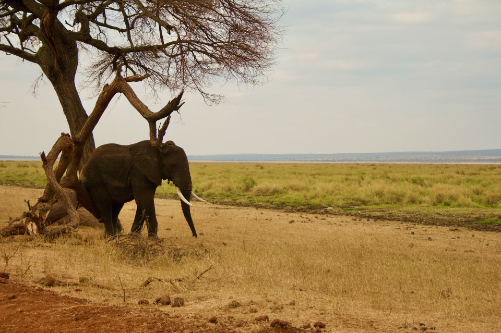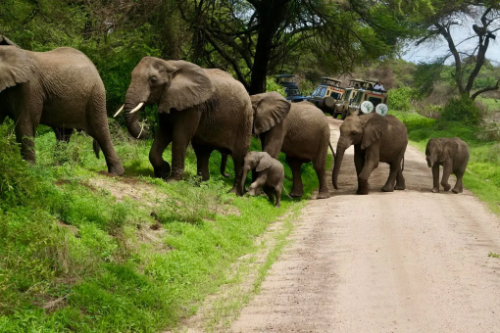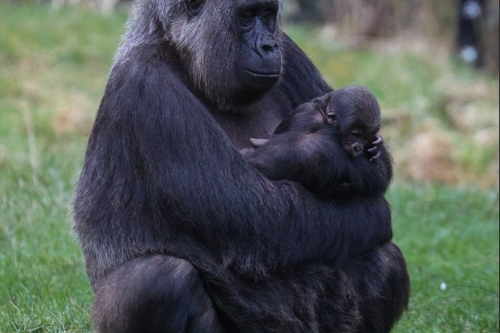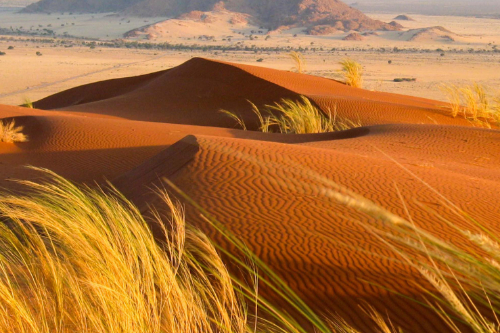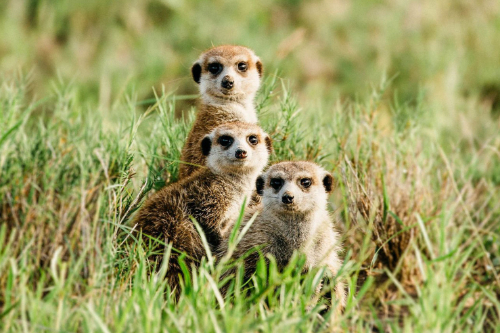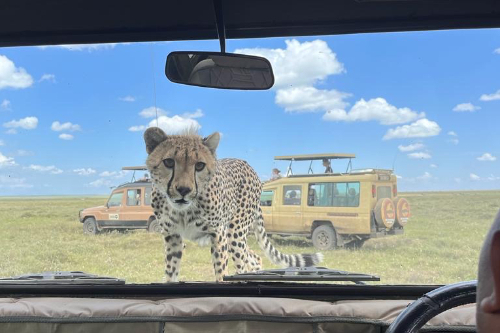
The History of Safari Tours in South Africa: A Journey Through Time
South Africa’s allure as a premier safari destination is rooted in its rich history and diverse ecosystems. From the early days of exploration to the luxury tours of today, safari tourism in South Africa has evolved significantly, blending cultural, historical, and ecological elements into unforgettable experiences. This blog takes you through the fascinating journey of safari tours in South Africa and how they have shaped global perceptions of wildlife tourism.
The Origins: Hunting Safaris of the 19th Century
The word “safari” originates from the Swahili term meaning “to journey,” and early safaris in South Africa were primarily hunting expeditions. During the 19th century, European explorers and settlers ventured into the wilderness in search of big game like lions, elephants, and rhinoceroses. These expeditions were both a status symbol and an adventure for the wealthy elite.
Unfortunately, these hunting practices led to a sharp decline in wildlife populations. Species such as the quagga, a subspecies of the zebra, became extinct due to overhunting. Recognizing the environmental toll, conservation movements began emerging in the late 19th and early 20th centuries, laying the groundwork for the transition from hunting to photographic safaris.
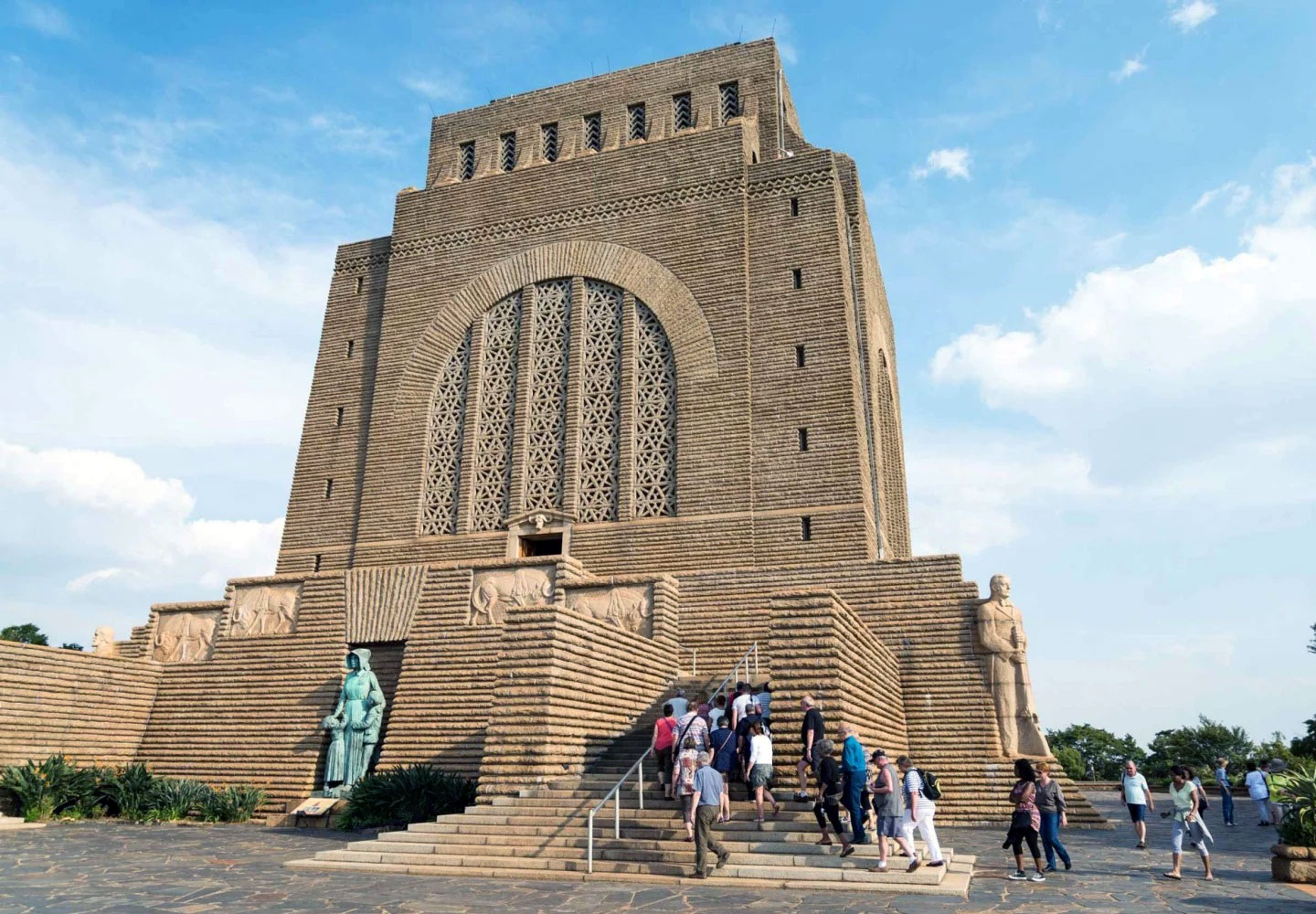
Early Conservation Efforts: Establishing National Parks
The establishment of Kruger National Park in 1926 marked a pivotal moment in South Africa’s safari history. Named after Paul Kruger, the then-president of the South African Republic, this park was created to protect wildlife from overhunting and habitat destruction. It became one of the first protected areas in Africa, setting a global precedent for conservation-based tourism.
Kruger National Park’s inception signaled a shift towards eco-tourism, where the focus was on preserving nature rather than exploiting it. By the mid-20th century, other regions followed suit, with protected areas such as Addo Elephant National Park and Hluhluwe-Imfolozi Game Reserve becoming iconic safari destinations.
The Birth of Photographic Safaris
The advent of photographic safaris in the mid-20th century marked a turning point in safari tourism. Advances in photography technology allowed tourists to capture the beauty of South Africa’s wildlife without causing harm. This non-consumptive form of tourism appealed to a broader audience and contributed to the preservation of endangered species.
Photographic safaris also inspired global awareness of Africa’s unique biodiversity. Documentaries and wildlife photography exhibitions showcased South Africa’s rich ecosystems to international audiences, drawing visitors from around the world. This new wave of tourism helped fund conservation initiatives and support local communities.
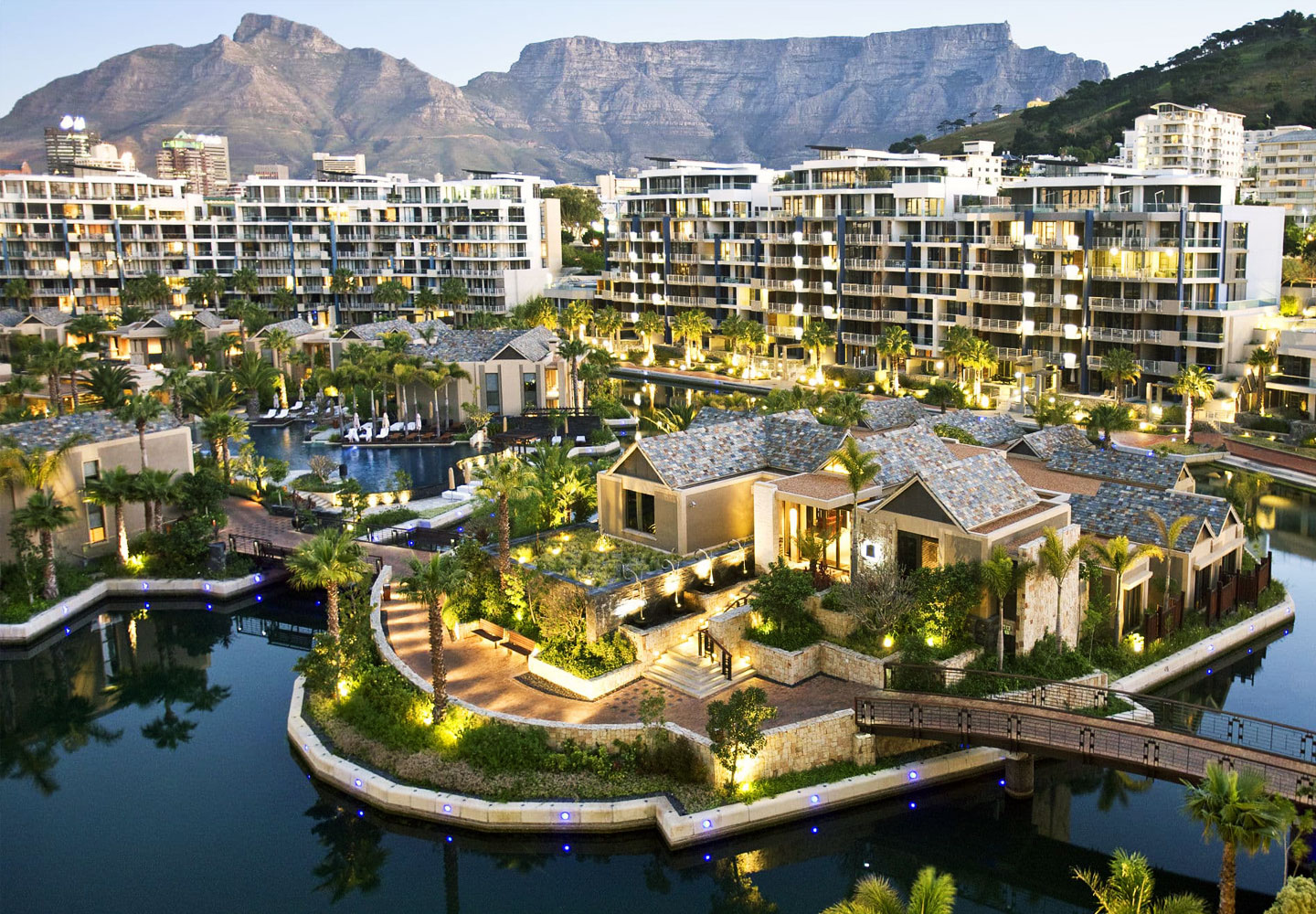
Modern Luxury Safaris: A Blend of Comfort and Adventure
By the late 20th century, South Africa’s safari industry underwent another transformation with the rise of luxury safaris. High-end lodges and private game reserves began offering exclusive experiences, combining world-class accommodations with thrilling wildlife encounters. Properties like Sabi Sands Game Reserve and Shamwari Game Reserve set new standards for safari tourism, attracting celebrities and affluent travelers.
These luxury safaris prioritized sustainability, integrating eco-friendly practices and community development projects into their operations. This approach ensured that tourism benefited local populations while minimizing environmental impact.
Community-Based Safaris and Cultural Integration
In recent years, community-based tourism has become an integral part of South Africa’s safari landscape. Initiatives involving local communities in safari operations have empowered indigenous populations and provided them with economic opportunities. Programs like the Makuleke Contractual Park in Kruger National Park demonstrate how tourism can coexist with cultural preservation and land restoration efforts.
Cultural safaris, which include visits to Zulu villages and other traditional communities, offer travelers a deeper understanding of South Africa’s heritage. This integration of cultural experiences with wildlife tours has enriched the safari experience, making it more holistic and meaningful.
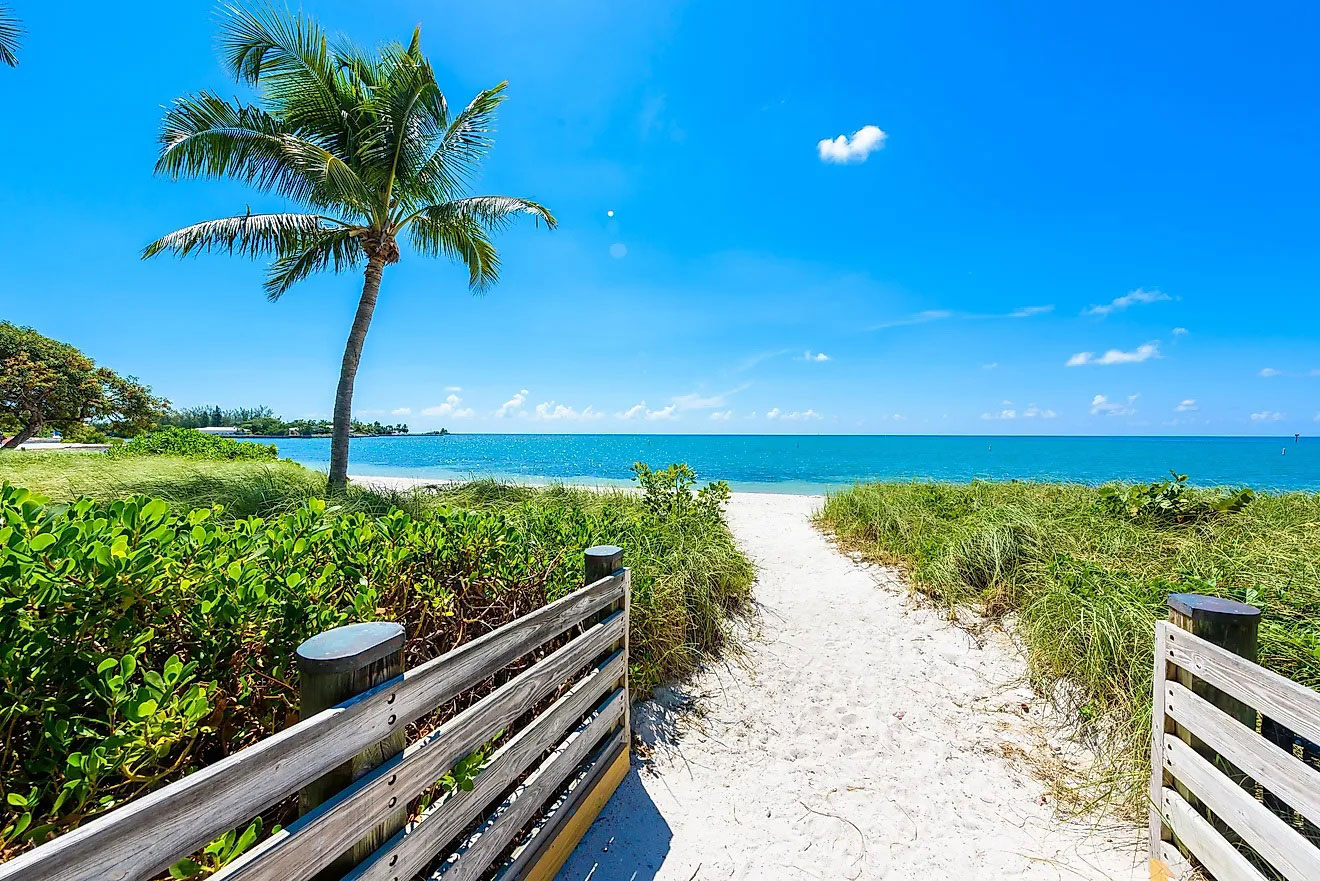
Challenges and the Future of Safari Tourism
Despite its successes, South Africa’s safari industry faces ongoing challenges, including habitat loss, poaching, and climate change. Conservation efforts are critical to protecting iconic species like rhinos and elephants. Technology, such as drone surveillance and anti-poaching units, is playing a crucial role in safeguarding these animals.
The future of safari tourism lies in balancing growth with sustainability. Eco-tourism and regenerative tourism models are gaining traction, emphasizing the restoration of ecosystems and the well-being of local communities. Virtual safaris, made popular during the COVID-19 pandemic, have also emerged as a way to experience South Africa’s wildlife from afar while supporting conservation efforts.
The history of safari tours in South Africa is a testament to humanity’s evolving relationship with nature. From the exploitative hunting expeditions of the past to the sustainable eco-tourism initiatives of today, South Africa’s safari industry has come a long way. Its journey reflects the importance of conservation, cultural preservation, and responsible tourism.
For those seeking adventure, South Africa offers an unparalleled blend of history, wildlife, and culture. Whether you’re exploring the iconic Kruger National Park or immersing yourself in the traditions of local communities, a safari in South Africa is not just a journey through the wilderness but a journey through time. Explore on this adventure and become a part of its ongoing story. For an unforgettable experience, consider booking your South Africa safari tour with Kiboko Safaris, renowned for their expertly crafted itineraries and commitment to sustainable travel.
AFILLIATES, ASSOCIATIONS & PARTNERSHIPS





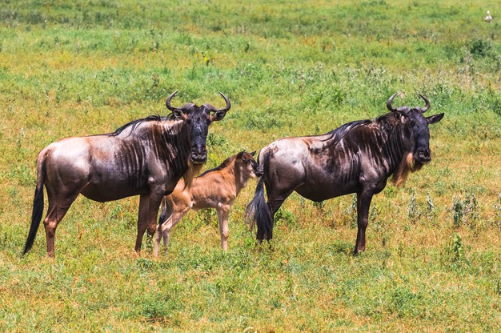
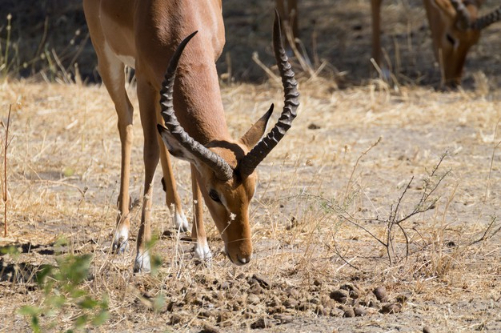
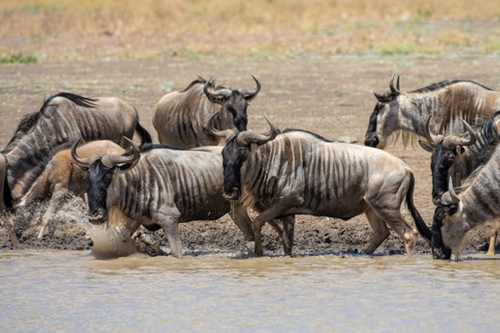
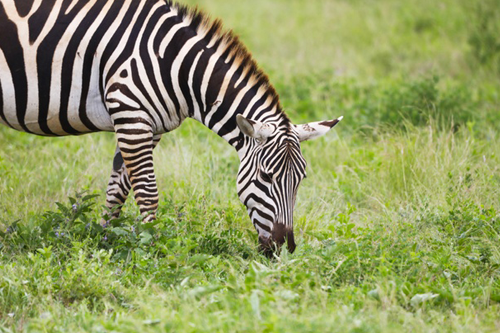
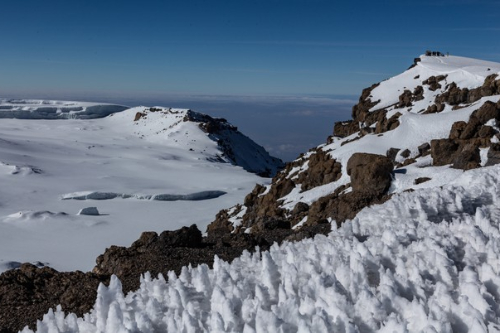
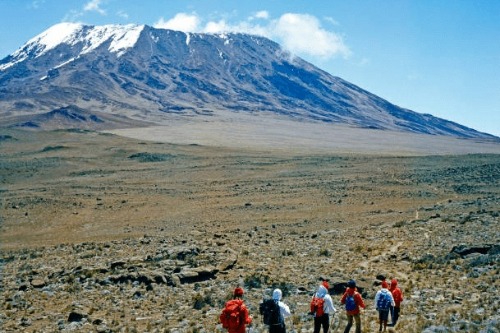
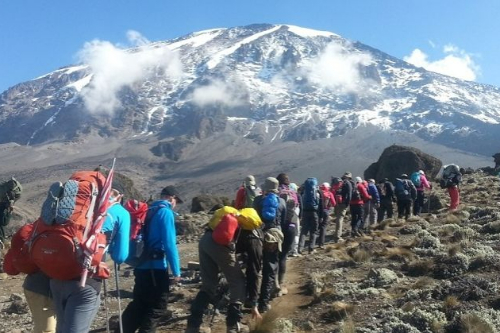
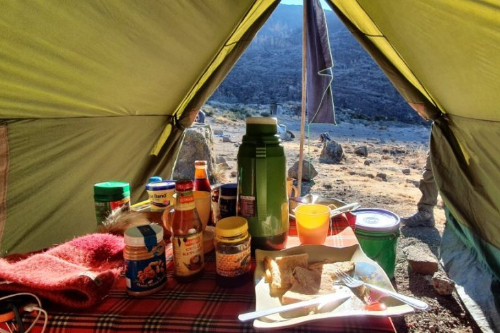
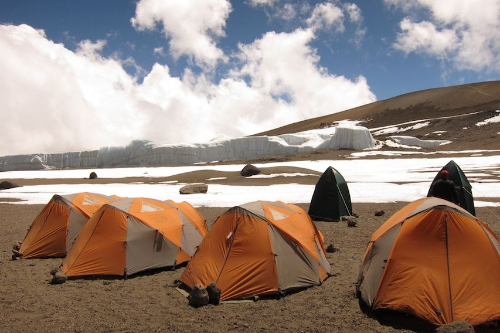
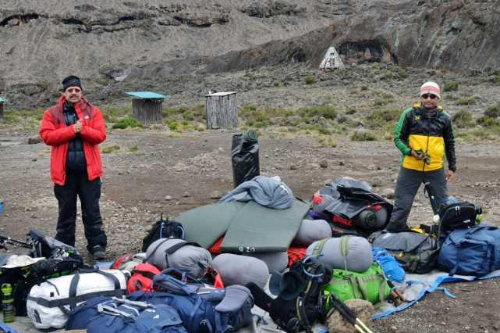
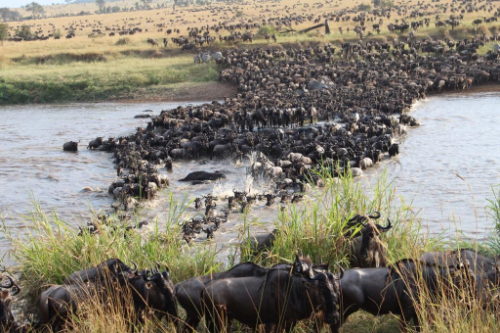
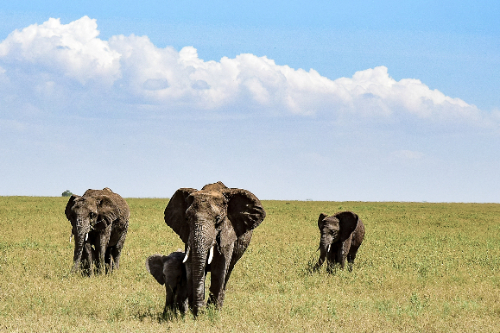
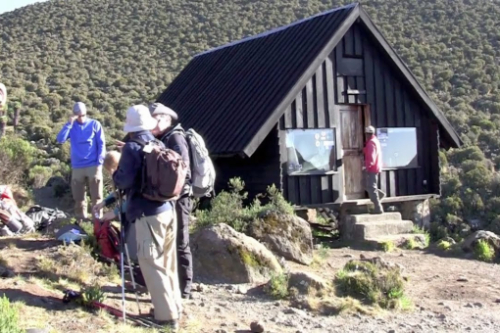
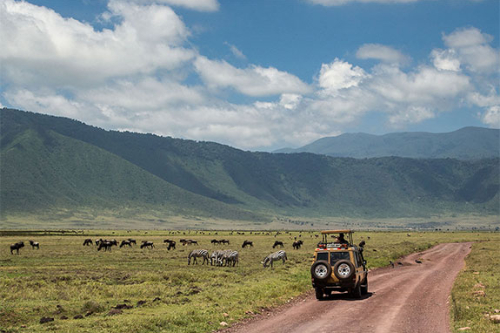
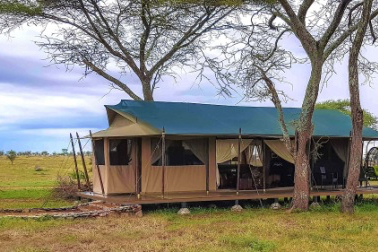
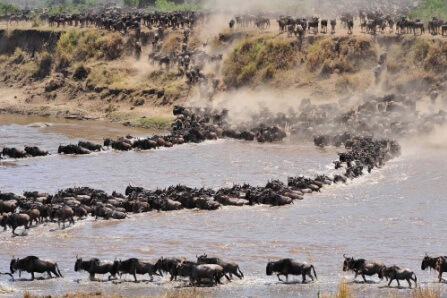
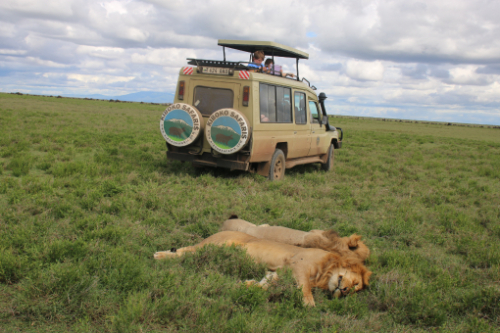
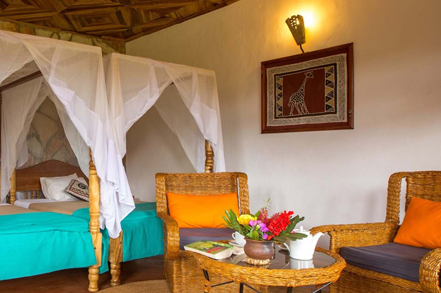

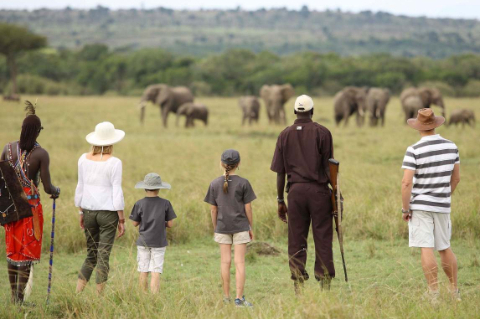
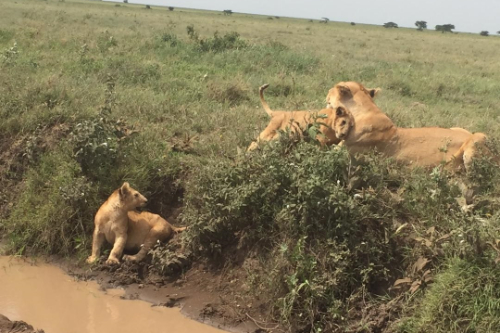
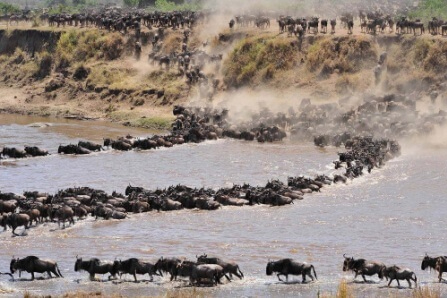
.jpeg)
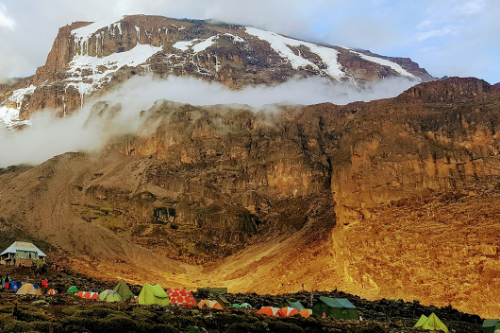
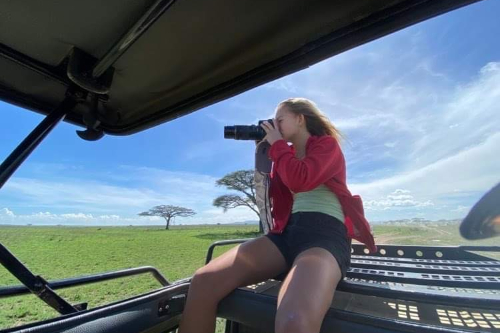
.jpeg)
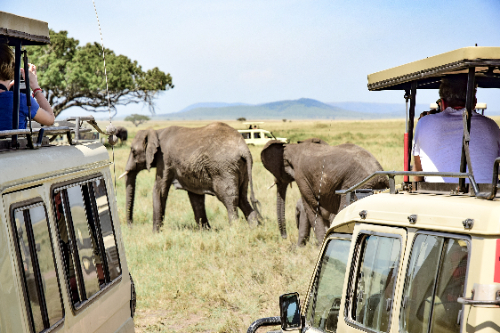
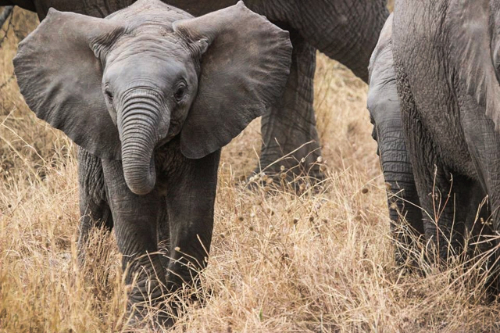
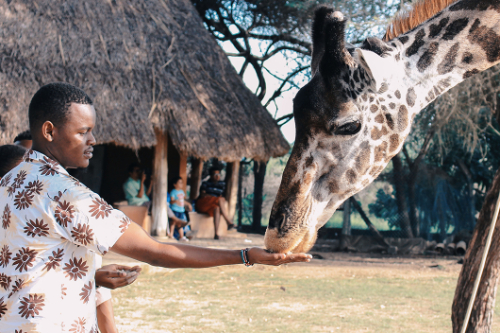
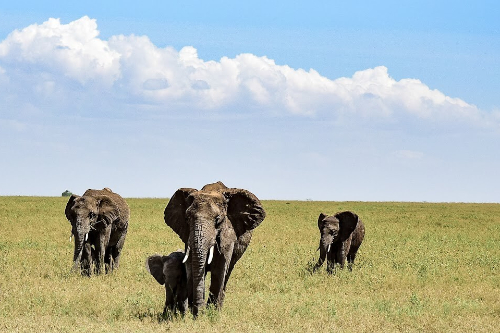
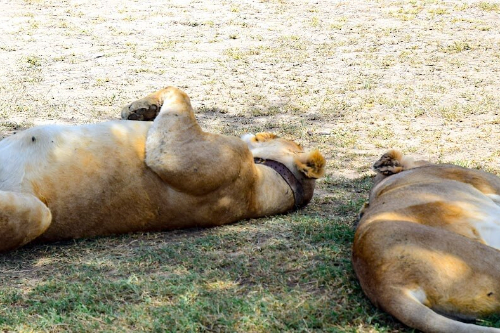
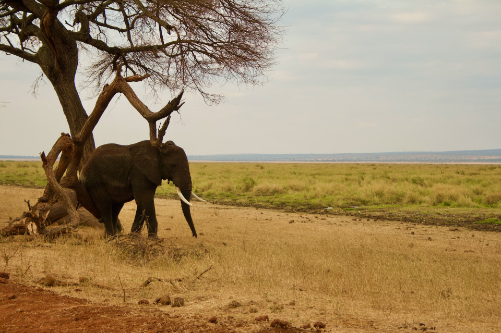
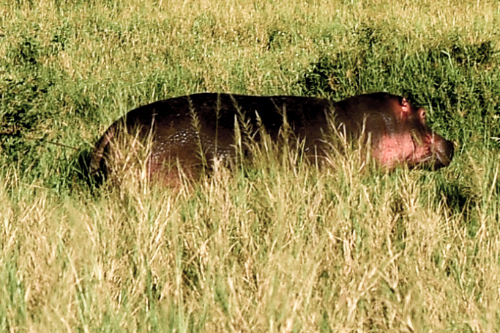
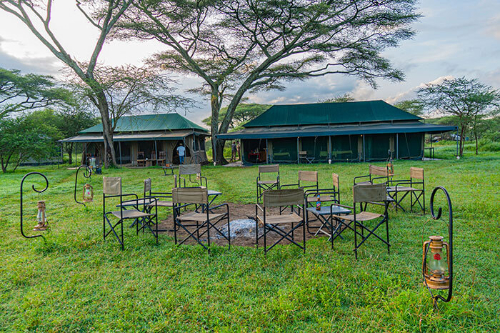
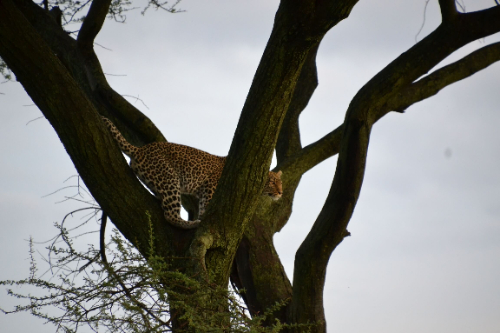
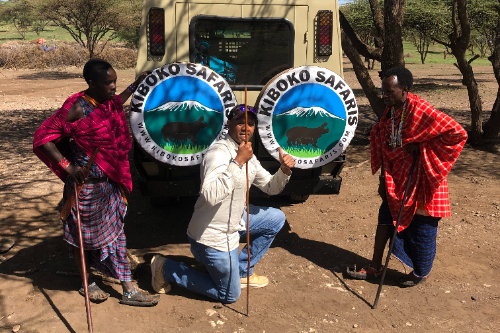
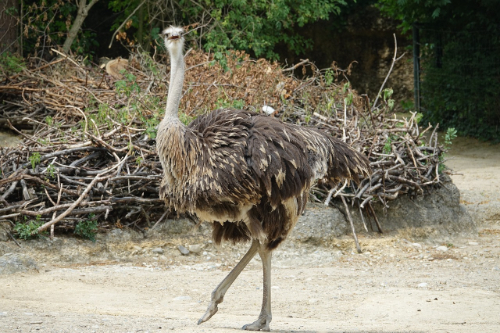
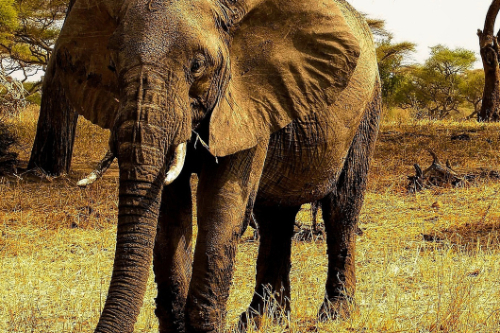
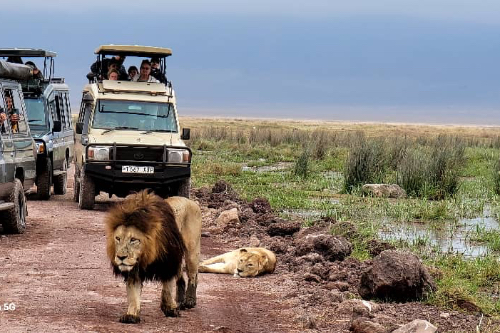
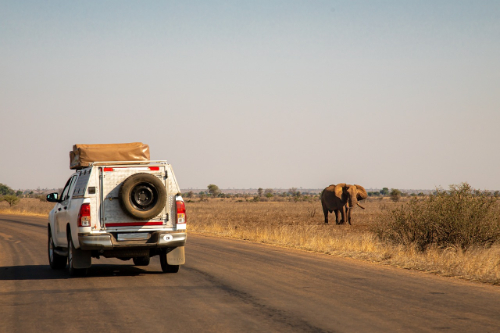
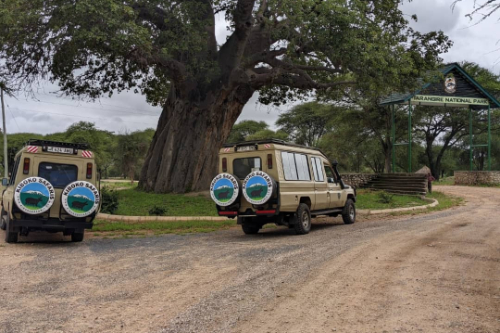
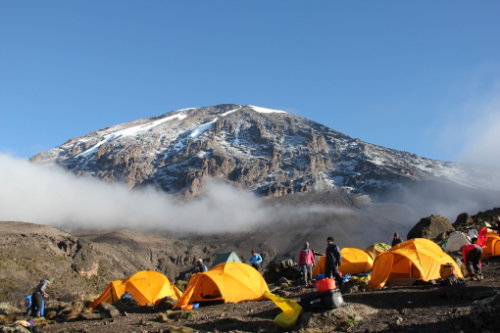
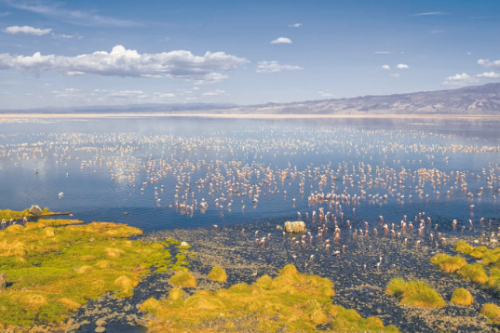

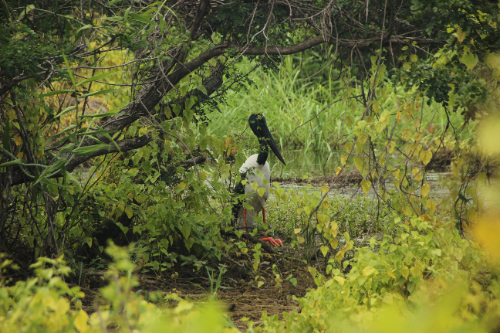
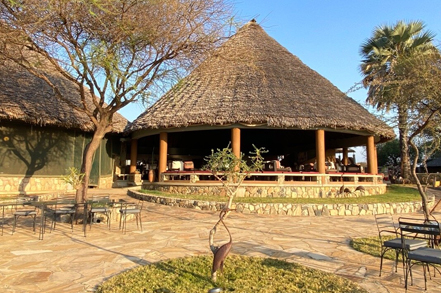


.png)
.jpeg)
